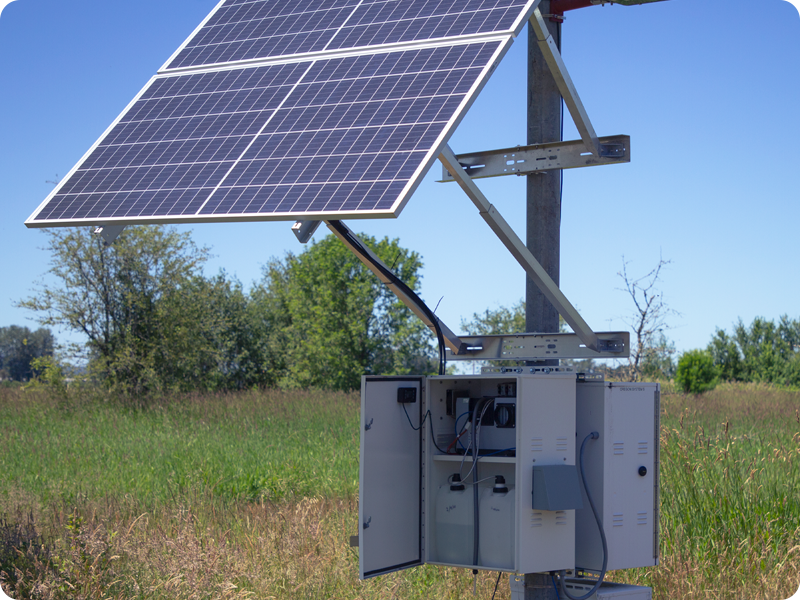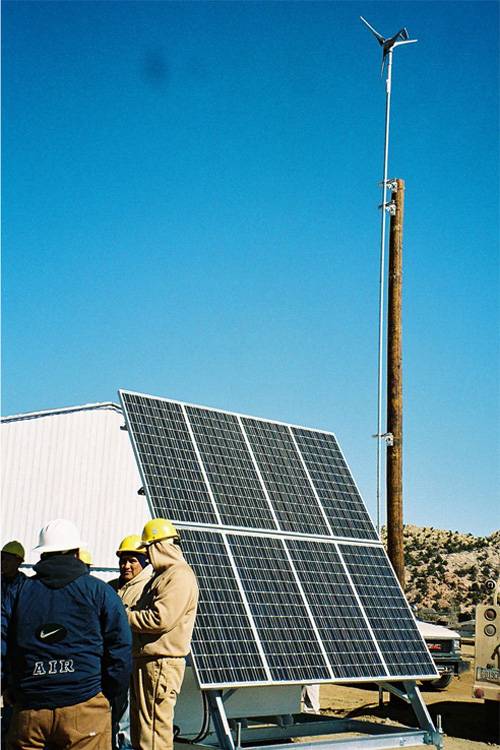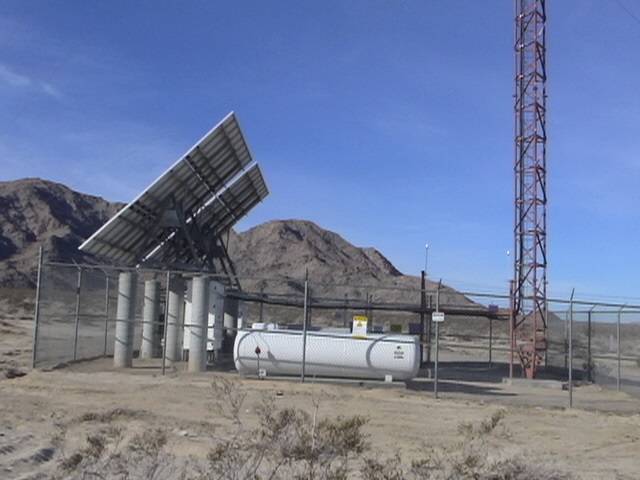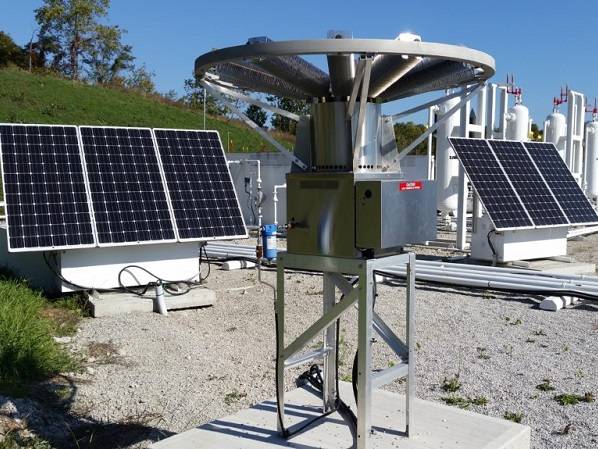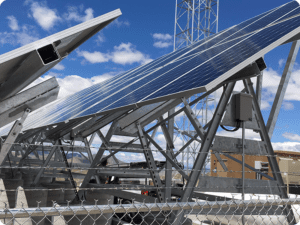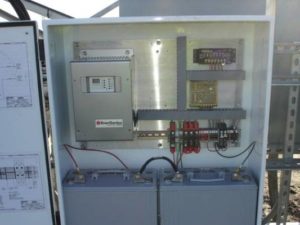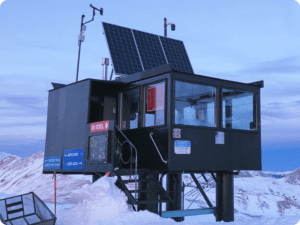Hybrid Solar Power Systems
Custom solar power hybrid system for stand-alone applications
Call 1 (866) 827-6527 for Price or Start Sizing a System Now!
Features
- Hybrid system with scalable array size to meet your projects requirements
- Can serve AC and DC loads
- OEM hardware integration, such as generators, fuel cells, thermo-electric generators, or wind turbines
- Ideal for locations with variable loads or sunlight conditions
- Comes assembled for easy installation
- Features solid-state electronics and UL, FM and CSA listed components
Product Data
Hybrid Solar Power Systems
SunWize Power & Battery Hybrid Solar Power Systems feature multiple renewable energy and dispatchable energy generation sources integrated with energy storage to provide continuous and reliable stand-alone power to remote site loads. Solar technology provides year-round energy generation, while fuel cells, generators, thermo electric generators, or wind energy provide either baseload or complementary power, depending on design and application. There is no need to connect to utility power. Hybrid systems are designed for site loads requiring 12, 24 or 48 volts DC or 110V-240V 50Hz/60Hz AC.
What are the key benefits of PV/hybrid technology?
- A hybrid system can usually cost-effectively power loads from 500 to 5,000 watts or more.
- The PV array is reduced in size from what it would be for a standalone system which drops the cost of the array.
- Since the battery bank does not exclusively carry the load through inclement periods of weather, it is also smaller, reducing battery costs.
- By carefully selecting the generator and rectifier sizes, we can optimize the loading on the generator. Optimal loading assures the highest efficiency operation, minimizes fuel consumption and maximizes intervals between required maintenance.
- By normally operating periodically, or according to an intended design, the engine can consume a wide range of fuel, depending on the specific project needs. Fueling and maintenance can vary but is often between approximately 1-4 times per year. Exact fuel consumption will depend on load, run time, generator, and other factors.
- When multiple sites are deployed over a large geographic area, such as a microwave backbone system, we can standardize a single hybrid system design. The only variability is the engine contribution with the subsequent run intervals and fuel consumption. The physical and electrical designs of the power system are identical across the network so that the installation steps are the same at all sites.
- Sizing a hybrid power system is very different than sizing a stand-alone off-grid power system. For a hybrid power system, the solar array is optimized for maximum annual energy production. In a stand-alone off-grid system, the array is optimized for maximum energy production during the worst solar resource month of the year.


